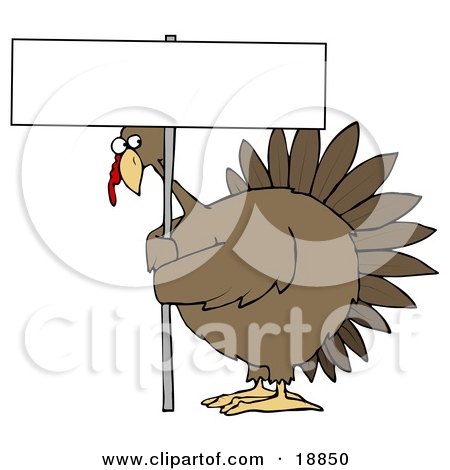Ann
P.S. What, didn't you know I was such a handsome aviator?


... along with the pumpkin pie.beyond wrote:
Ann, you "turkey" in the sky is a "Turkey Vulture". Not exactly 'fit' for eating!!
However, it would eat your Thanksgiving Turkey, if given the chance.
http://en.wikipedia.org/wiki/Turkey_Vulture wrote:<<The Turkey Vulture feeds primarily on a wide variety of carrion, from small mammals to large grazers, preferring those recently dead, and avoiding carcasses that have reached the point of putrefaction. It may rarely feed on plant matter, shoreline vegetation, pumpkin and other crops, live insects and other invertebrates. In South America, it has been seen (and photographed) feeding on the fruits of the introduced Oil Palm. It rarely, if ever, kills prey itself. The Turkey Vulture can often be seen along roadsides feeding on roadkill, or near bodies of water, feeding on washed-up fish. It also will feed on fish or insects which have become stranded in shallow water. Like other vultures, it plays an important role in the ecosystem by disposing of carrion which would otherwise be a breeding ground for disease.
Ethyl Mercaptan
Ethel Mertz
The Turkey Vulture forages by smell, an ability that is uncommon in the avian world. It often will fly low to the ground to pick up the scent of ethyl mercaptan, a gas produced by the beginnings of decay in dead animals. The olfactory lobe of its brain, responsible for processing smells, is particularly large compared to that of other animals. This heightened ability to detect odors allows it to search for carrion below the forest canopy. King Vultures and Black Vultures, which lack the ability to smell carrion, follow the Turkey Vulture to carcasses. The Turkey Vulture arrives first at the carcass, or with Greater Yellow-headed Vultures or Lesser Yellow-headed Vultures, which also share the ability to smell carrion. It displaces the Yellow-headed Vultures from carcasses due to its larger size, but is displaced in turn by the King Vulture, which makes the first cut into the skin of the dead animal. This allows the smaller, weaker-billed, Turkey Vulture access to food, because it cannot tear the tough hides of larger animals on its own. This is an example of mutual dependence between species.>>
http://en.wikipedia.org/wiki/Ethanethiol wrote:
<< Ethanethiol (aka, ethyl mercaptan) is an organic compound with the formula CH3CH2SH. It consists of an ethyl group, CH3CH2, attached to a thiol group, SH. Its structure parallels that of ethanol, but with S instead of O. Ethyl mercaptan has a strongly disagreeable odor that humans can detect in minute concentrations. The threshold for human detection is as low as one part in 2.8 billion parts of air. Its odour resembles that of leeks or onions. Ethyl mercaptan is intentionally added to butane and propane to impart an easily noticed smell to these odourless fuels, that otherwise pose the threat of fire and explosion. According to the Guinness Book Of World Records, Ethyl mercaptan is the "smelliest substance" in existence. Other more specialised chemicals were probably not examined, however. Most volatile thiols are comparably offensive. Thiols can be oxidized to sulfoxides, which have only a faint smell, using bleach or related oxidants.>>